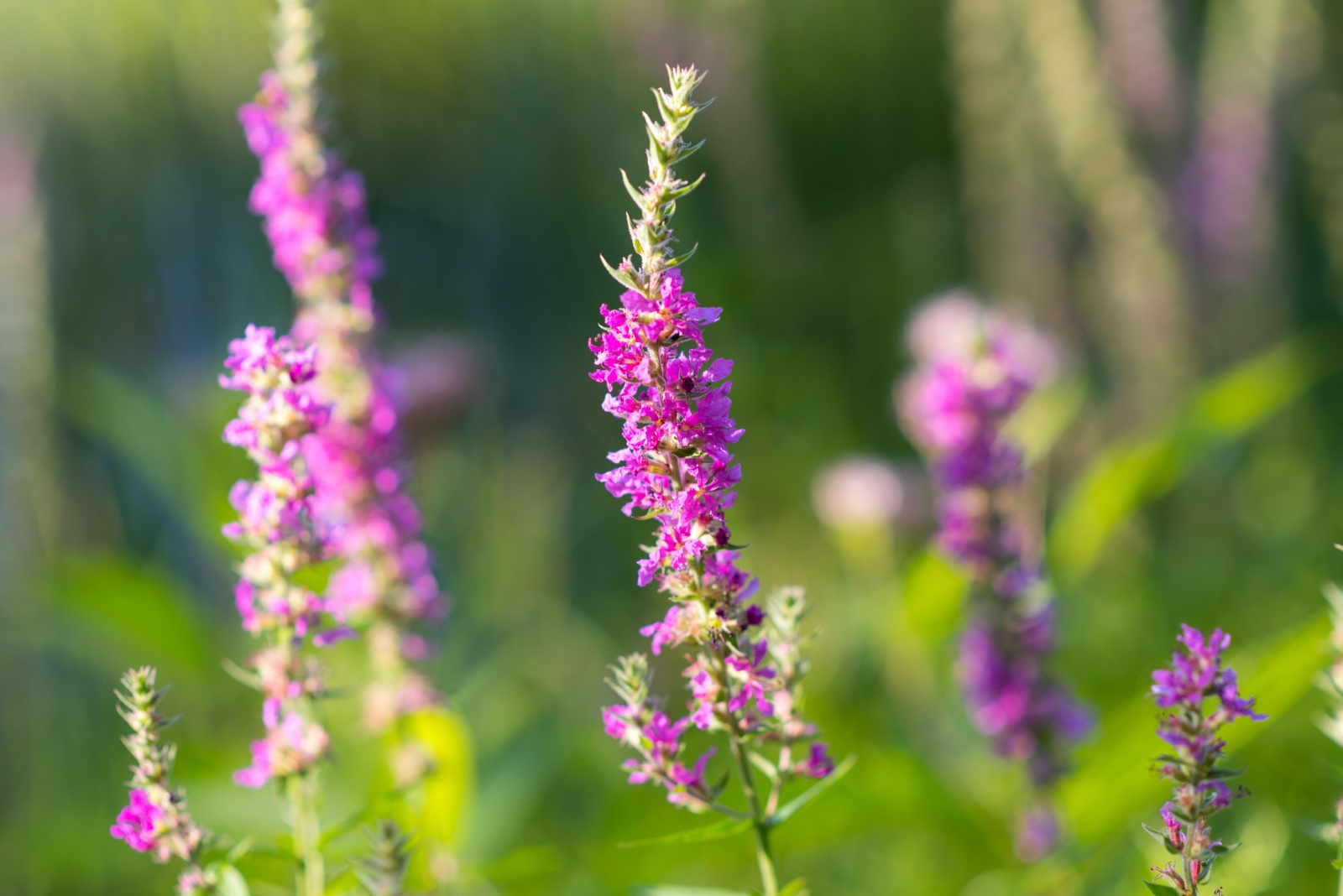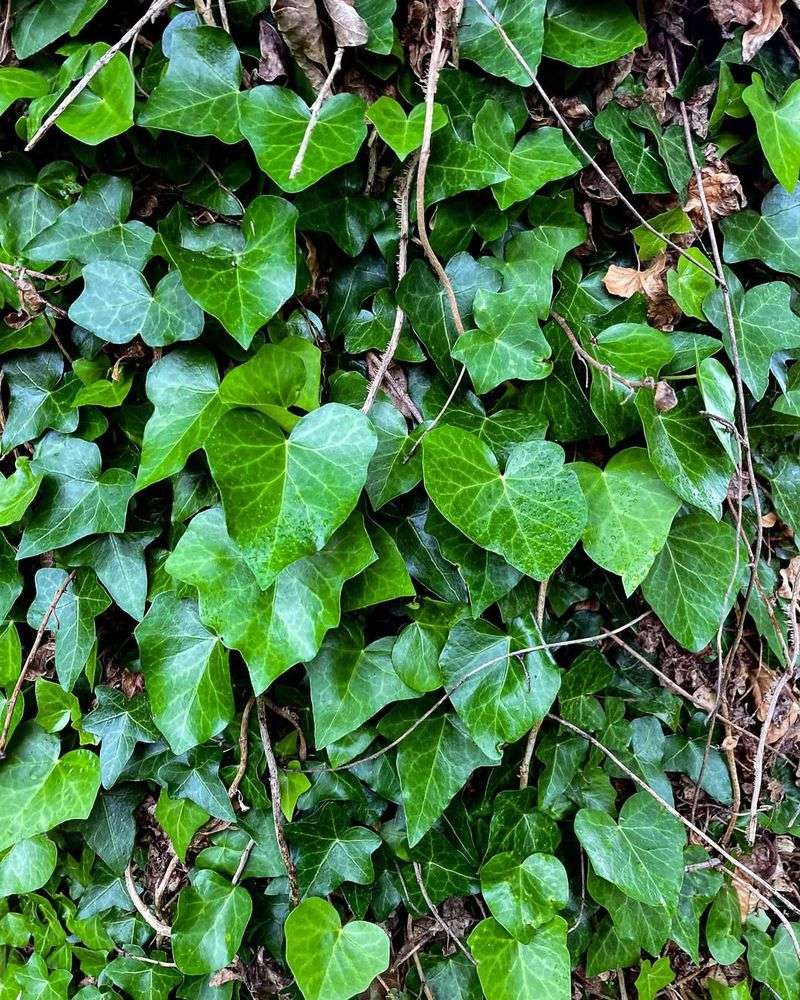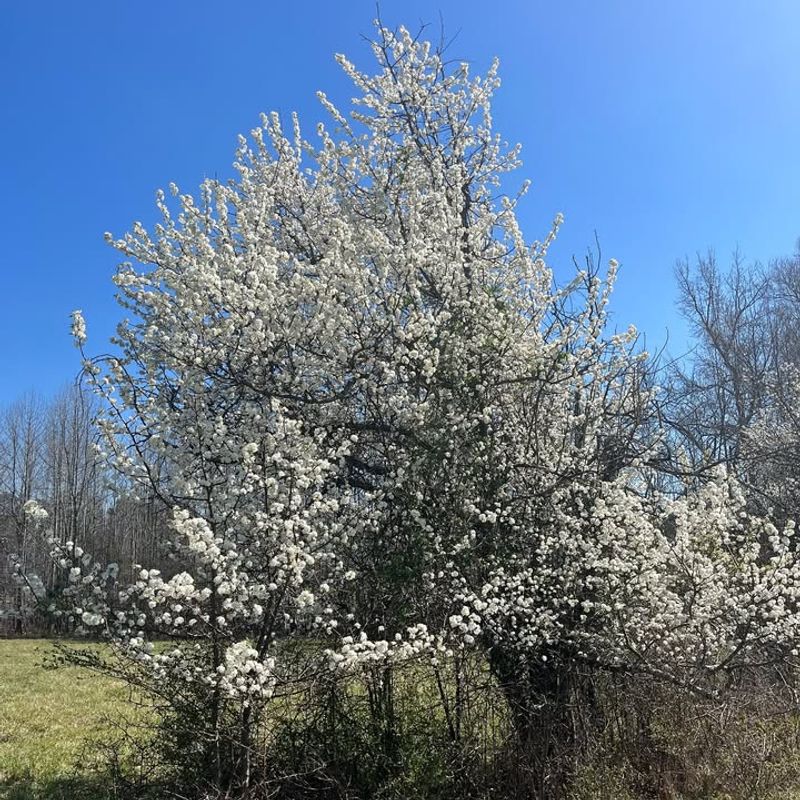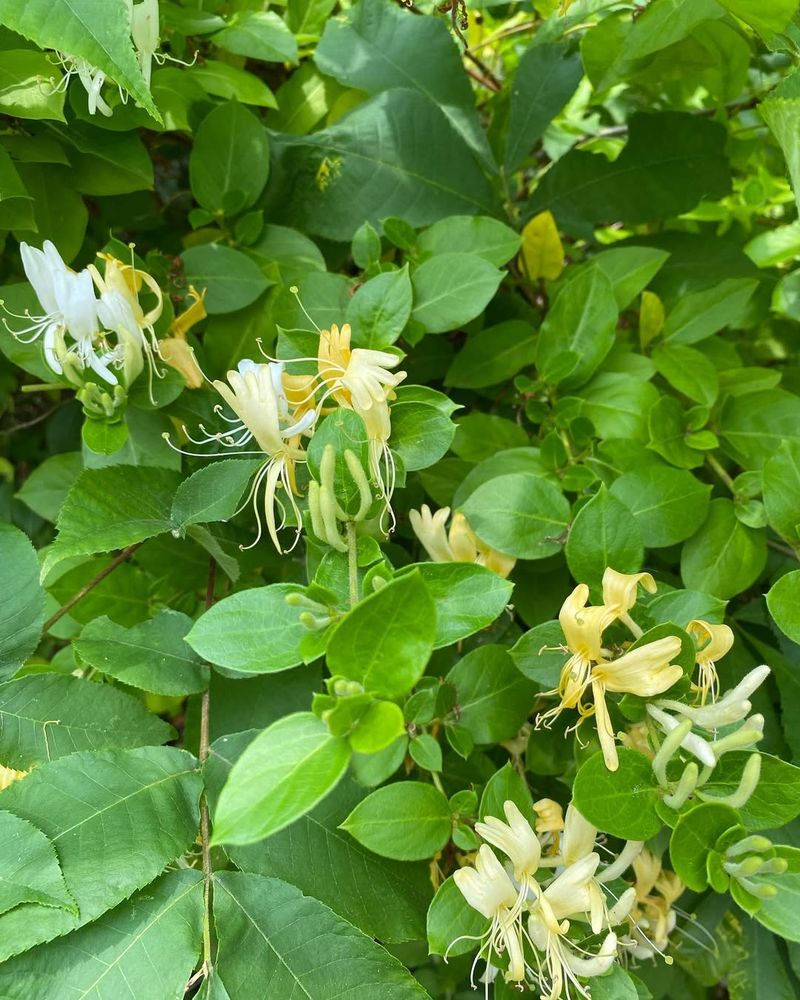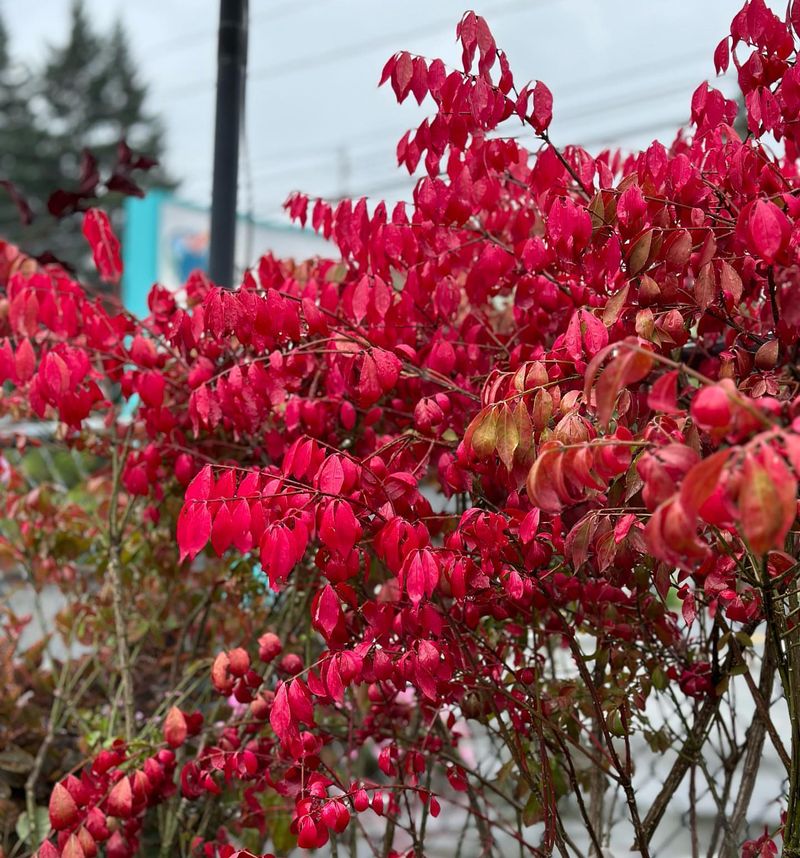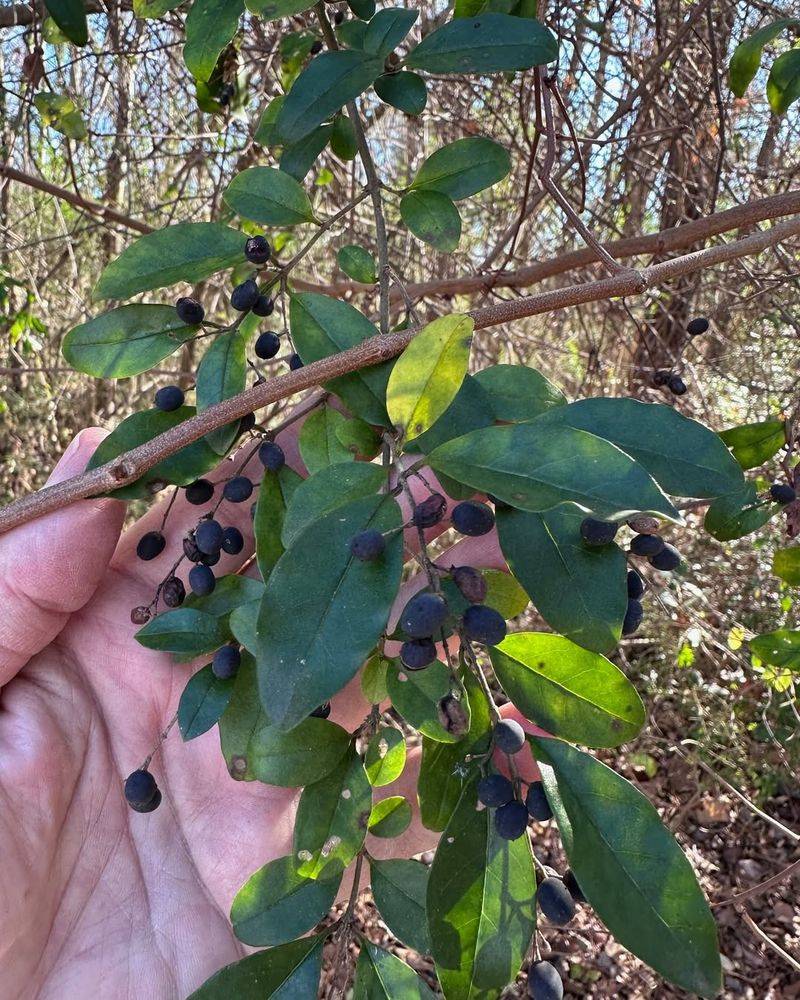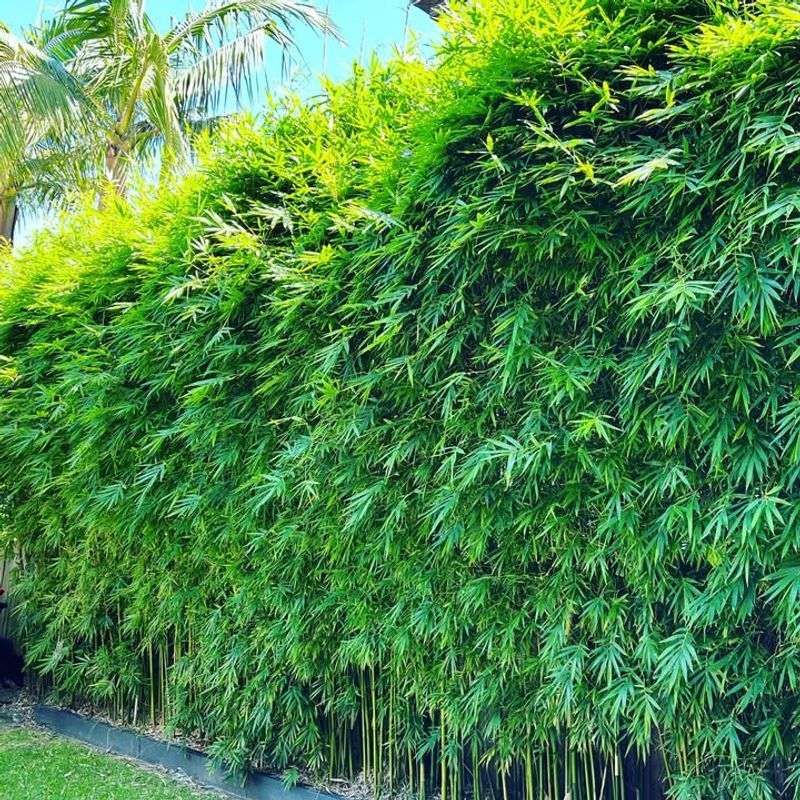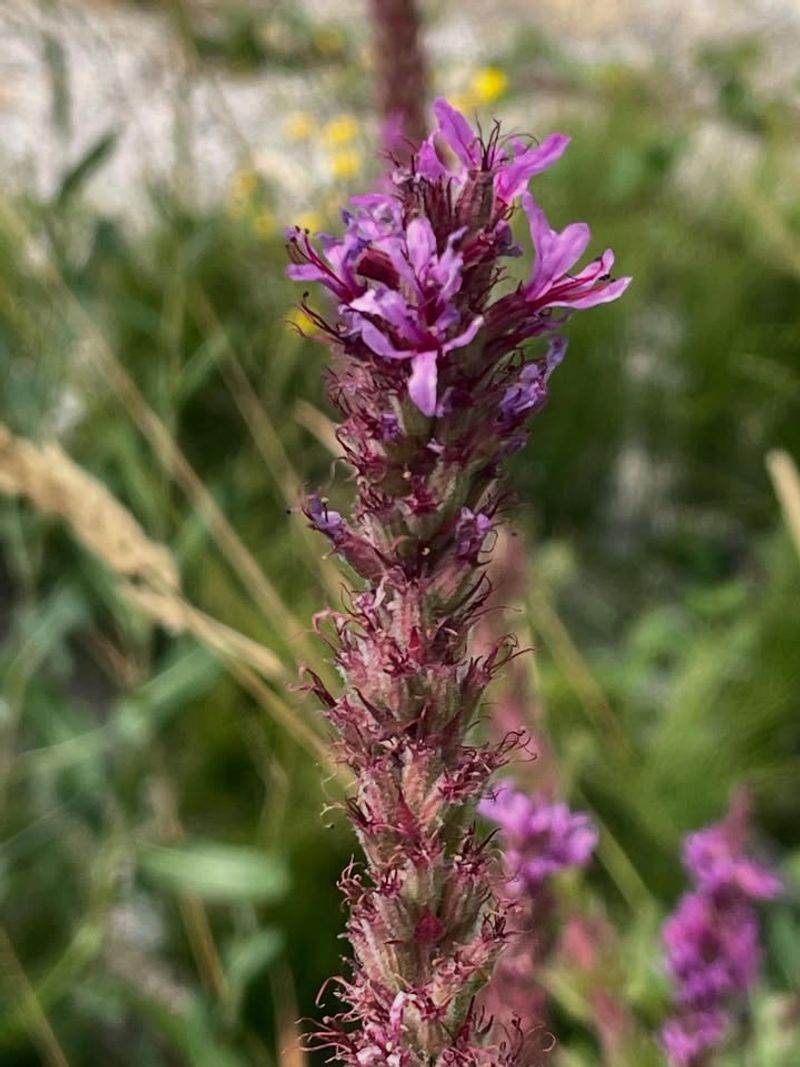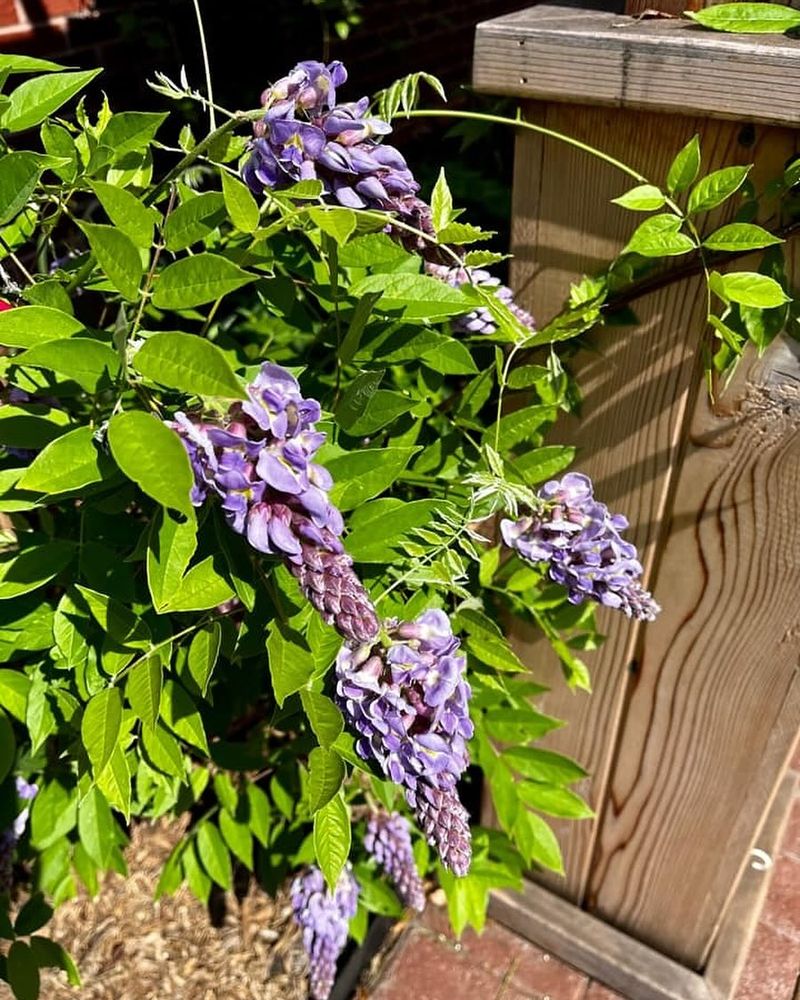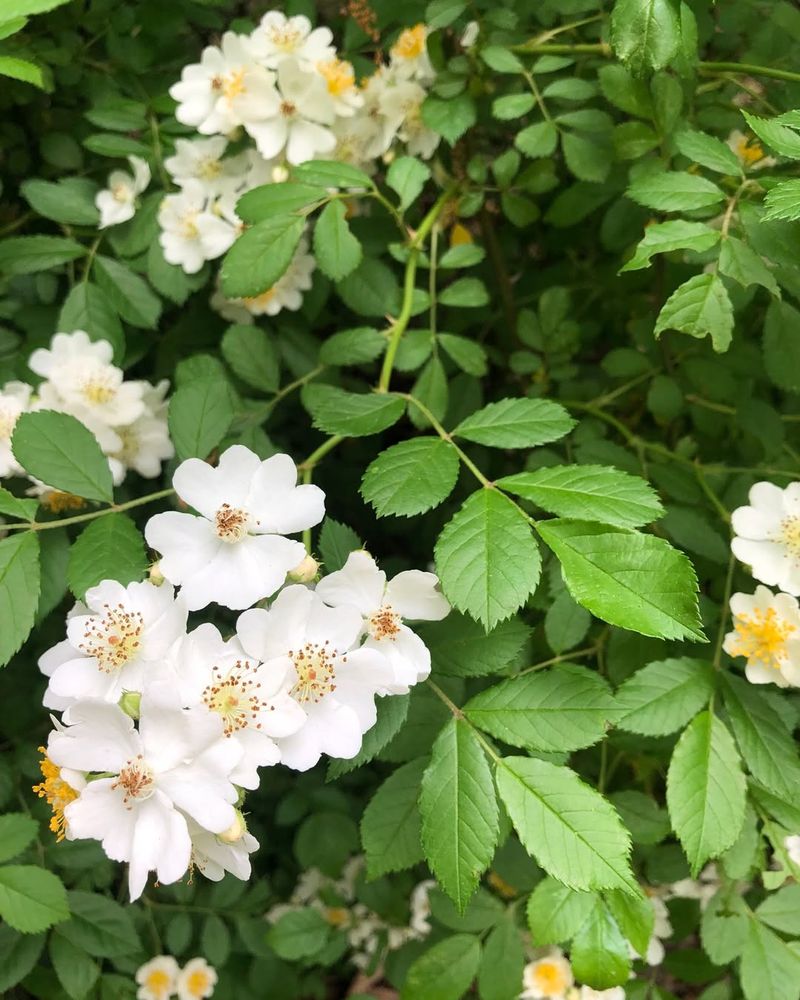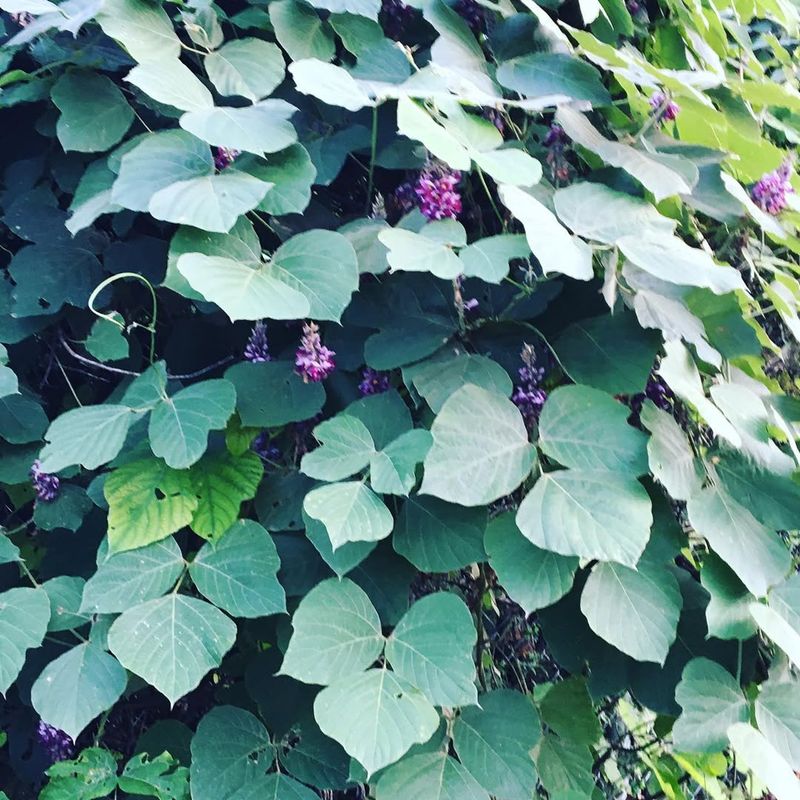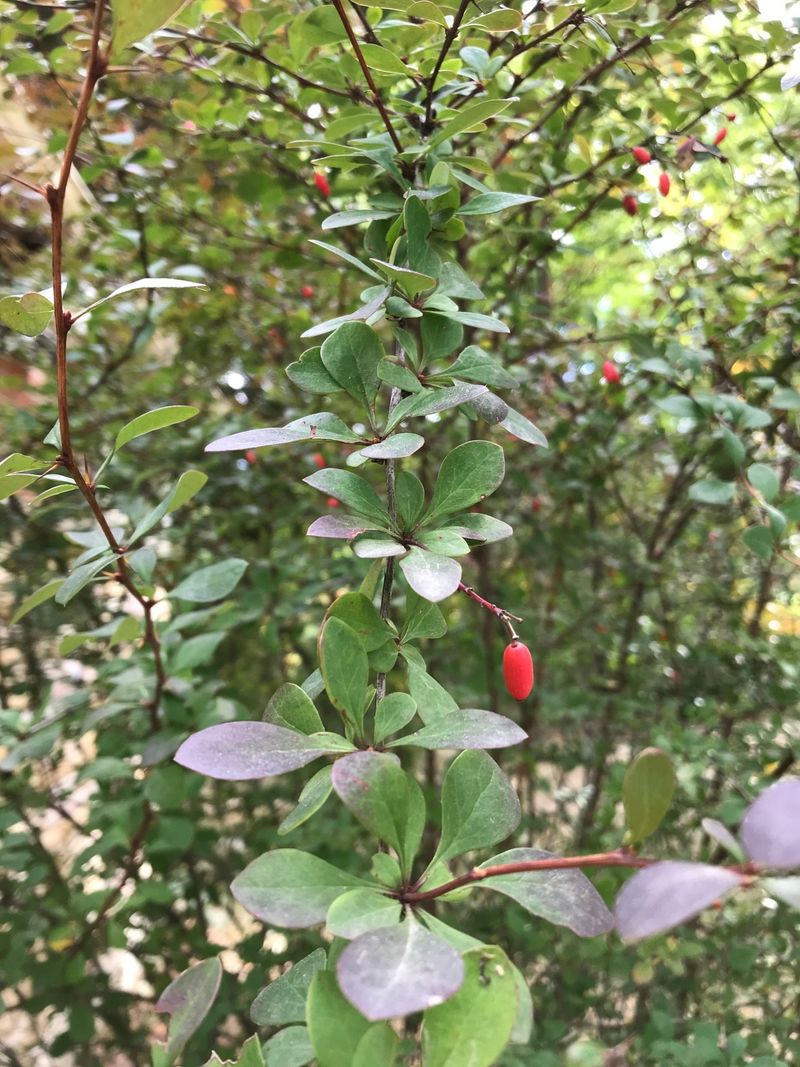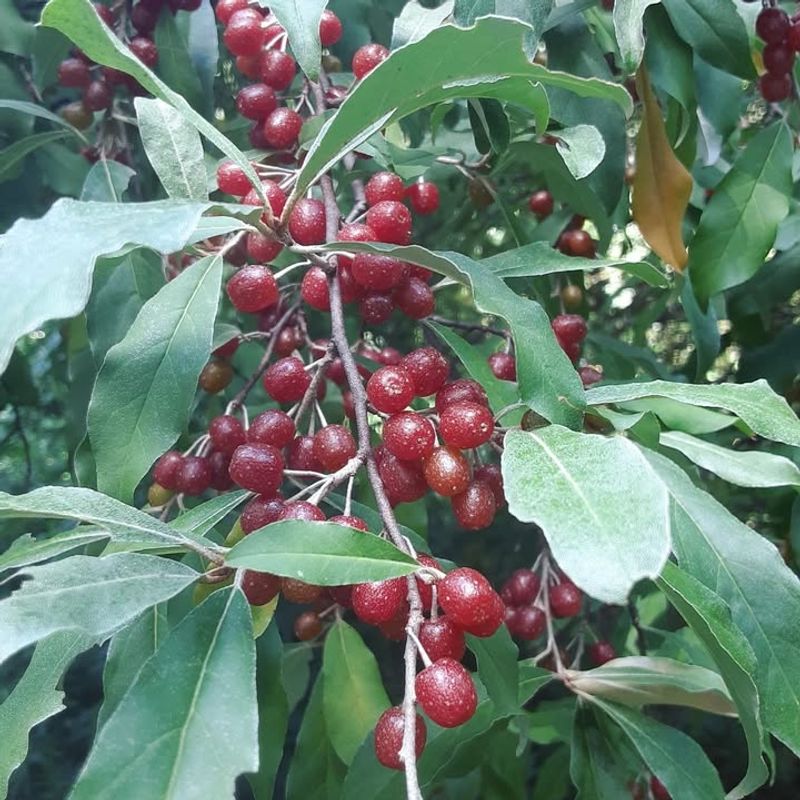Tennessee gardens are under threat from plants that might look pretty but cause serious problems. Some common ornamental plants spread aggressively, choking out native species and disrupting local ecosystems.
State officials are considering new regulations that could ban certain invasive plants from suburban landscapes, so homeowners need to know which species might soon be off-limits.
1. English Ivy
Climbing walls and trees with ease, English ivy might seem charming at first glance. However, this aggressive vine smothers native plants and damages tree bark, creating perfect hiding spots for pests.
Property owners often plant it for quick ground cover, not realizing it can spread uncontrollably. The vines produce toxic berries harmful to children and pets.
Removal requires persistent effort since even small root fragments can regenerate into new plants.
2. Bradford Pear
Neighborhood streets lined with Bradford pears create stunning spring displays, but there’s a hidden cost. These trees have weak branch structures that split easily during storms, causing property damage and safety hazards.
Birds spread their seeds everywhere, allowing them to invade natural areas aggressively. Their flowers smell unpleasant, often compared to rotting fish.
Native alternatives like serviceberry offer similar beauty without the destructive impact on Tennessee ecosystems.
3. Japanese Honeysuckle
Sweet-smelling flowers make Japanese honeysuckle a nostalgic favorite for many gardeners. Unfortunately, this vigorous vine grows so rapidly it can completely blanket shrubs, trees, and entire hillsides.
Native plants suffocate under its dense coverage, losing access to sunlight they need for survival. The vine’s weight can even topple young trees.
Wildlife suffers too, since displaced native plants provided better nutrition and habitat than this aggressive foreign species offers.
4. Burning Bush
Brilliant crimson leaves in autumn make burning bush a landscaping staple across Tennessee suburbs. Garden centers still sell thousands annually, despite growing concerns about its invasive behavior.
Birds feast on the berries and deposit seeds far from yards, establishing populations in forests and parks. These shrubs outcompete native understory plants that wildlife depends on.
Several states already ban its sale, and Tennessee may follow suit soon to protect natural areas.
5. Privet
Homeowners prize privet for creating quick privacy screens between properties. Fast growth seems like an advantage until you realize it spreads just as quickly into wild spaces.
Dense thickets form in forests, blocking sunlight from reaching the ground and preventing native seedlings from establishing. Birds distribute the small berries widely, accelerating invasion.
Cutting them down doesn’t solve the problem since roots resprout vigorously, requiring chemical treatment or repeated removal efforts.
6. Bamboo
Exotic appeal draws many Tennessee residents to plant bamboo for tropical ambiance and natural fencing. Running varieties send underground rhizomes shooting in all directions, often invading neighbors’ yards.
Controlling bamboo once established becomes nearly impossible without professional intervention and persistent digging. The plants can crack foundations, driveways, and underground utilities.
Clumping varieties offer safer alternatives, though even these require careful monitoring to prevent unwanted spread throughout suburban neighborhoods.
7. Purple Loosestrife
Stunning magenta spikes rising from wetlands catch every eye during summer months. Each plant produces millions of tiny seeds that disperse through water, wind, and wildlife.
Wetlands transformed by purple loosestrife lose their ability to support native species and filter water effectively. Ducks, fish, and amphibians suffer when their habitat converts to monocultures.
Already banned in many regions, Tennessee regulators are considering similar restrictions to protect valuable wetland ecosystems from this beautiful but devastating invader.
8. Wisteria
Cascading purple blooms create magazine-worthy garden scenes that attract countless admirers. Chinese and Japanese wisteria varieties grow with such vigor they strangle trees and collapse structures under their weight.
Vines wrap around trunks, cutting off nutrient flow and eventually killing mature trees. Seeds pop from pods and spread to nearby properties and natural areas.
Native American wisteria provides similar beauty with better manners, making it the recommended choice for Tennessee gardeners.
9. Multiflora Rose
Originally promoted for erosion control and livestock fencing, multiflora rose now ranks among Tennessee’s worst invasive plants. Dense, thorny thickets form impenetrable barriers that exclude both people and wildlife.
Each plant produces hundreds of rose hips containing seeds that remain viable for years. Birds spread them widely, establishing new colonies constantly.
Pastures and forest edges become unusable when overtaken, and removal requires heavy equipment plus herbicide treatment for lasting control.
10. Kudzu
Known as the vine that ate the South, kudzu grows up to a foot per day during peak season. Entire landscapes disappear under its relentless green blanket, smothering everything in its path.
Utility companies spend millions annually removing it from power lines and poles. Trees die when completely covered and deprived of sunlight.
Though already recognized as invasive, stronger suburban regulations may soon prohibit any intentional planting or cultivation of this notorious species.
11. Japanese Barberry
Compact size and deer resistance make Japanese barberry popular in foundation plantings throughout Tennessee neighborhoods. Research reveals a darker side: dense stands create ideal habitat for blacklegged ticks that carry Lyme disease.
Birds eat the bright red berries and spread seeds into forests, where barberry outcompetes native shrubs. Thorny branches make removal unpleasant work.
Native alternatives like inkberry holly provide similar landscaping functions without increasing tick populations or threatening natural areas.
12. Autumn Olive
Silvery leaves and abundant red berries give autumn olive ornamental appeal and wildlife value. Nitrogen-fixing roots help it thrive in poor soils where native plants struggle.
Rapid growth and prolific seed production allow it to dominate abandoned fields and forest edges quickly. Each mature shrub produces thousands of berries annually.
Wildlife prefer native fruit that provides better nutrition, so displacing native berry producers with autumn olive actually harms the animals it supposedly feeds.

